Optimal Timing for Storm Drain Cleanings
Storm drain cleanings are essential for maintaining proper drainage and preventing flooding. The timing of these cleanings can significantly impact their effectiveness and the longevity of drainage systems.
Cleaning storm drains before winter ensures they are free of debris, reducing the risk of blockages caused by snow, ice, and fallen leaves.
Performing cleanings after winter helps remove accumulated debris from snowmelt and ice melt, preventing clogs during spring rains.
Spring is an ideal time to clear out debris that has accumulated over winter, ensuring efficient drainage during the rainy season.
Cleaning before summer storms can prevent backups and flooding during heavy rain events.
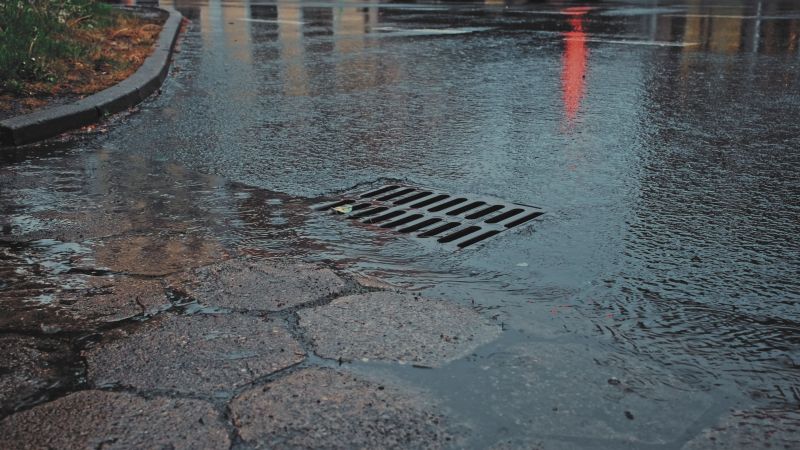
Ways to make Storm Drain Cleanings work in tight or awkward layouts.

Popular materials for Storm Drain Cleanings and why they hold up over time.

Simple add-ons that improve Storm Drain Cleanings without blowing the budget.

High-end options that actually feel worth it for Storm Drain Cleanings.
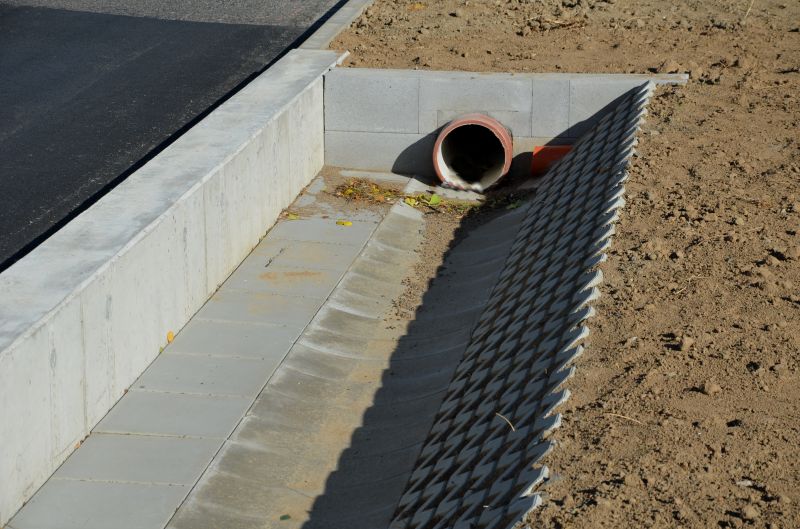
Finishes and colors that play nicely with Storm Drain Cleanings.

Little measurements that prevent headaches on Storm Drain Cleanings day.
Storm drain cleanings involve removing debris, sediment, and obstructions to ensure efficient water flow. Regular maintenance can prevent flooding, property damage, and costly repairs. Statistics indicate that clogged drains are a leading cause of urban flooding, with over 70% of street flooding incidents attributable to debris blockages. Proper timing of cleanings aligns with seasonal weather patterns, maximizing system performance and reducing emergency repairs.
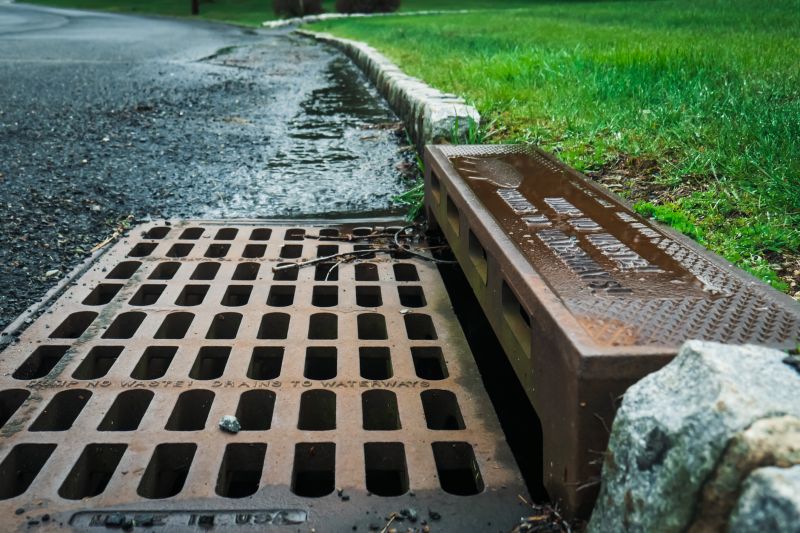
A 60-second routine that keeps Storm Drain Cleanings looking new.
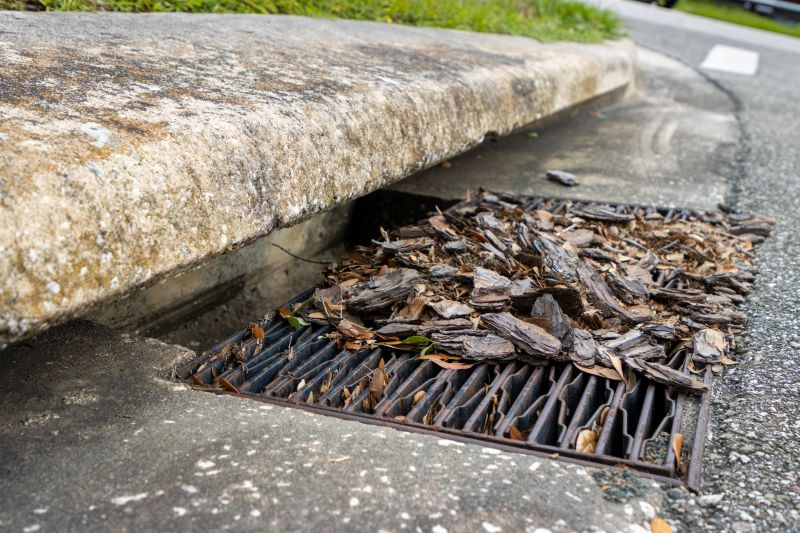
A frequent mistake in Storm Drain Cleanings and how to dodge it.

Small tweaks to make Storm Drain Cleanings safer and easier to use.
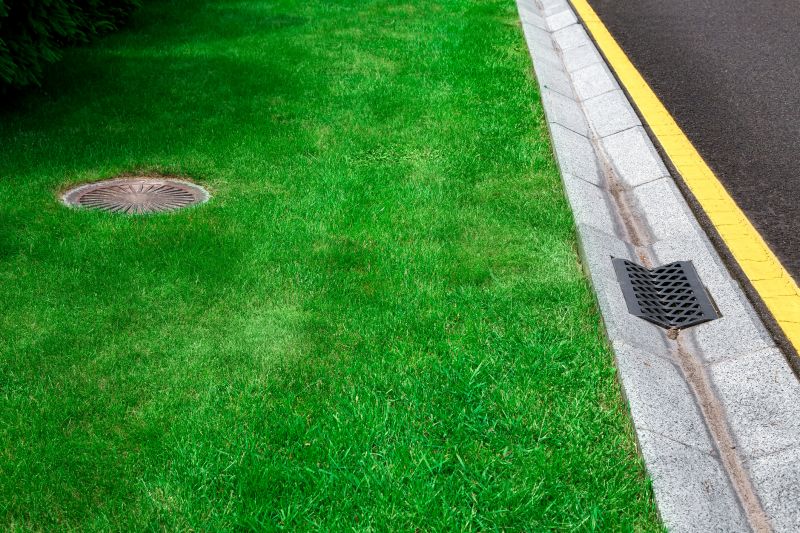
Lower-waste or water-saving choices for Storm Drain Cleanings.
| Season/Period | Recommended Actions |
|---|---|
| Pre-Winter | Inspect and clear debris to prevent ice and snow blockages. |
| Post-Winter | Remove accumulated debris from melting snow and ice. |
| Spring | Perform comprehensive cleaning before heavy rains. |
| Pre-Summer | Prepare drains for summer storms. |
| After Heavy Storms | Immediate cleaning to remove sediment and debris. |
| Late Summer | Routine inspections to prevent blockages during fall. |
| Fall | Clear fallen leaves and organic matter. |
| Early Winter | Final check before winter weather sets in. |
Scheduling storm drain cleanings in accordance with seasonal weather patterns ensures optimal drainage performance. Regular maintenance reduces the likelihood of flooding and property damage, and prolongs the lifespan of drainage infrastructure. It is recommended to coordinate with local authorities or drainage specialists to establish a tailored cleaning schedule based on the specific needs of the area.
Interested in scheduling storm drain cleanings or learning more about maintenance options? Filling out the contact form can provide further assistance and scheduling details.



